skin treatment

A Scalp Psoriasis Shampoo approved by Ayurveda!
“My patient’s first and foremost query is what Scalp Psoriasis Shampoo shampoo they should use to protect their hairs in scalp psoriasis” Dr. Megha Chaturvedi. Scalp psoriasis can be an…

World Vitiligo Day 2022: कैसे करें सफ़ेद दाग (Vitiligo) से बचाव, क्या खाएं और क्या नहीं?
आजकल के समय में जहां हर रोज़ नई-नई बीमारियां अपने पैर पसार रही हैं, वहीं, आपने देखा होगा कि कई लोगों के शरीर पर सफ़ेद दाग होते हैं, जिन्हें आमतौर…
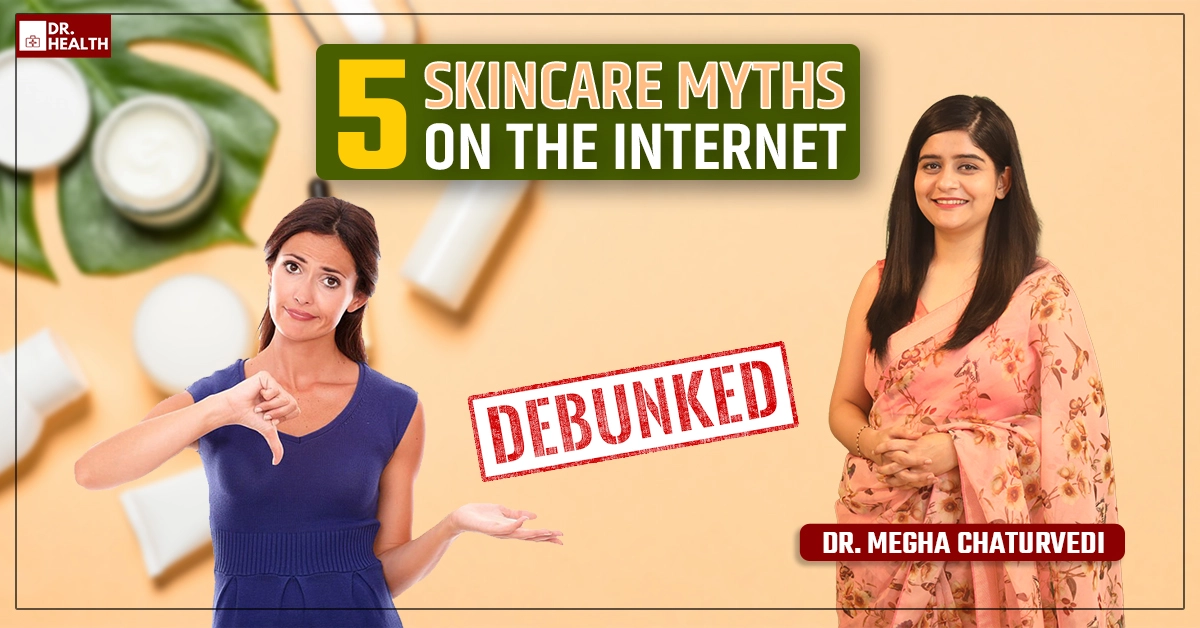
Skincare Myths on the Internet Debunked by Skincare Expert – Dr. Megha Chaturvedi
Thanks to the internet & old wives’ tales, there are ‘n’ numbers of skincare advice being thrown around—and not all of it is good. In fact, some of this ‘advice’…
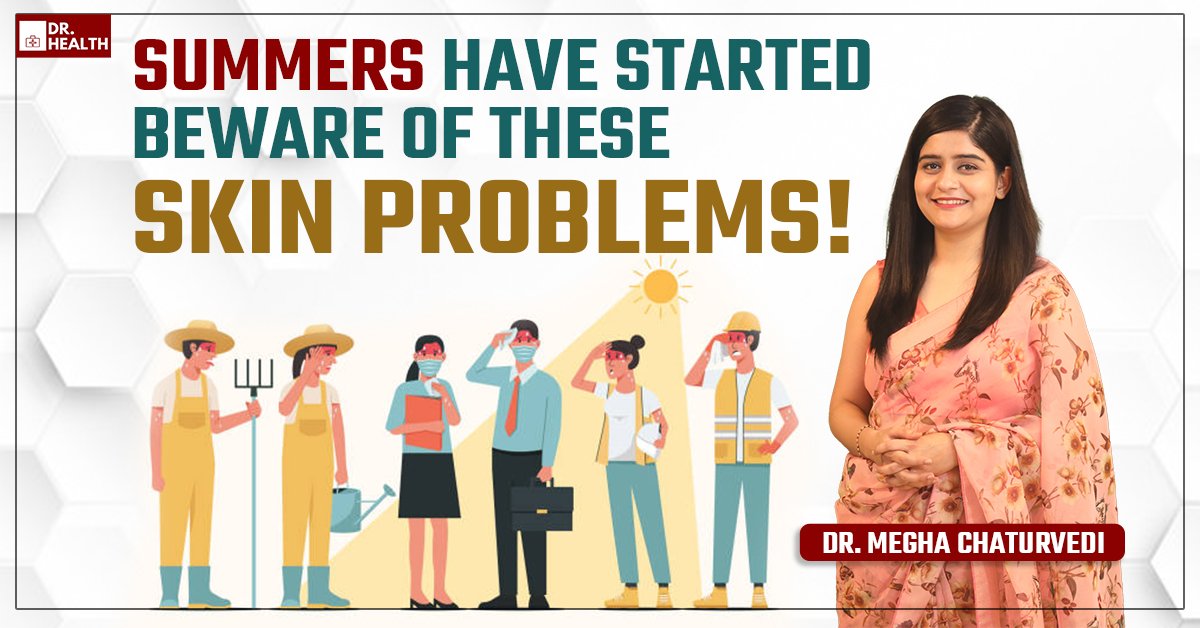
6 Common Skin Problems In Summers
When riding through these busy roads to my office, I have seen many people who are indulged in their daily work without even using any sunblocks or any accessories such…

Is It Safe To Drink Milk After Chicken? Here’s The Answer!
Do you think twice before taking milk because you had chicken or fish for lunch or dinner? It’s not just you – there are many who are uncertain about this…
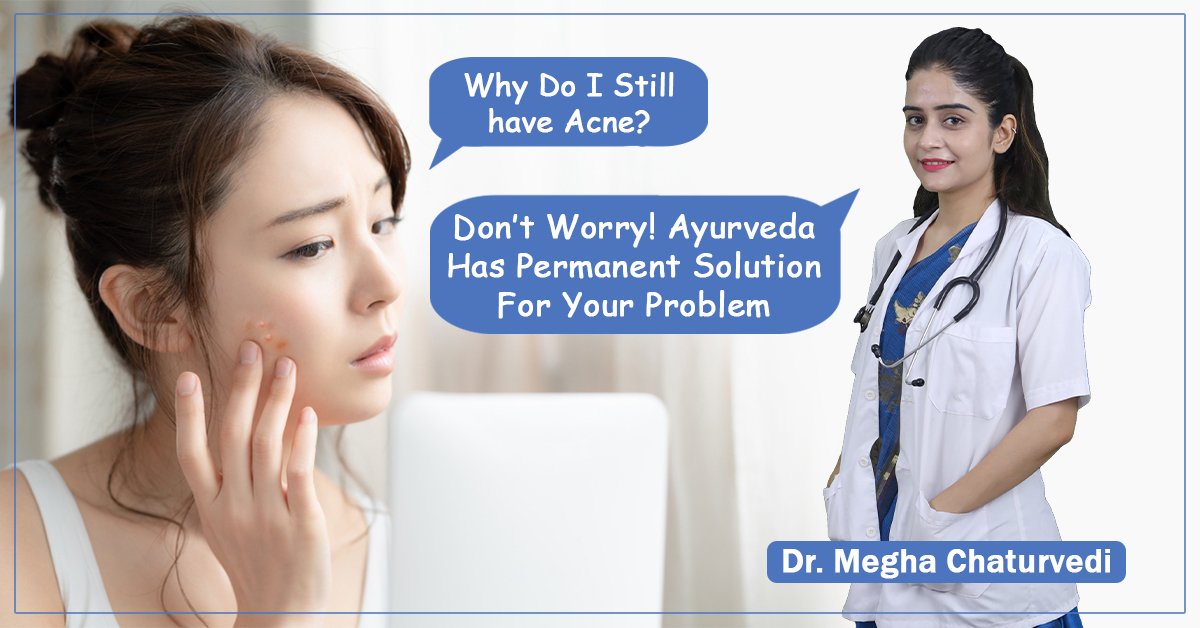
Causes of Acne: तनाव ही नहीं इन 5 कारणों से भी होते हैं मुहांसे, जानिये कैसे रखें अपनी स्किन को Acne Free
क्या आप नियमित रूप से मुहांसों से पीड़ित रहते हैं? अगर हाँ, तो आपने पहले से ही इस समस्या से राहत पाने के लिए अलग-अलग तरीकों से कोशिश की होगी।…
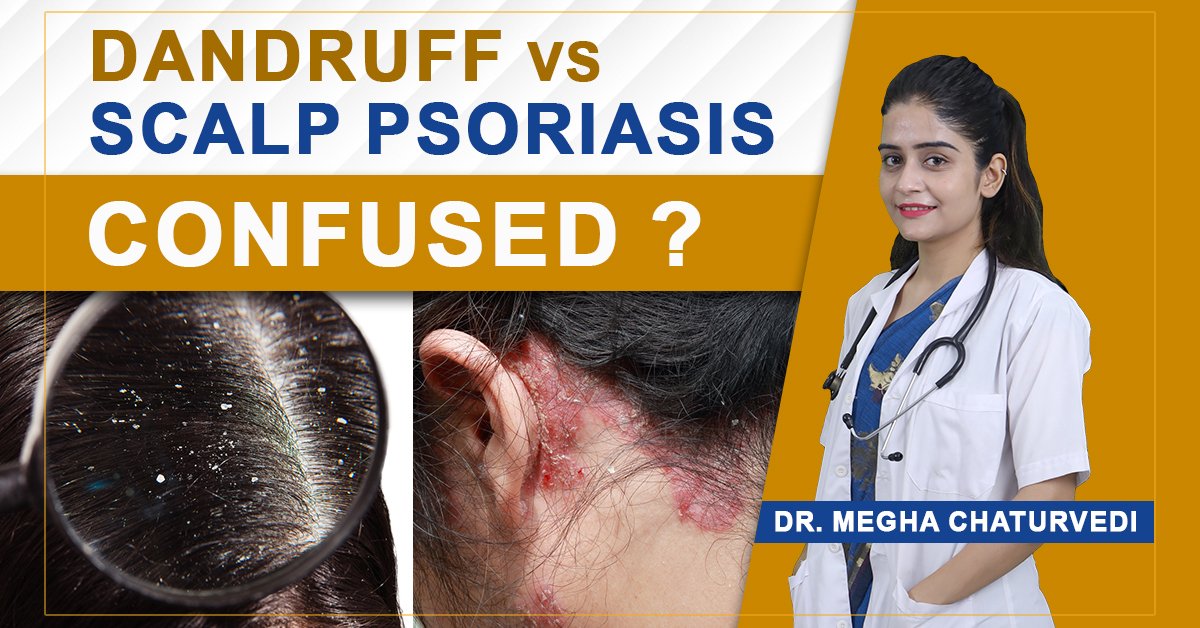
Dandruff vs. Scalp Psoriasis
Are you confused about whether the struggle you are going through is from Dandruff or Scalp Psoriasis? What are the causes of Dandruff and Scalp Psoriasis? Is Dandruff a fungus?…
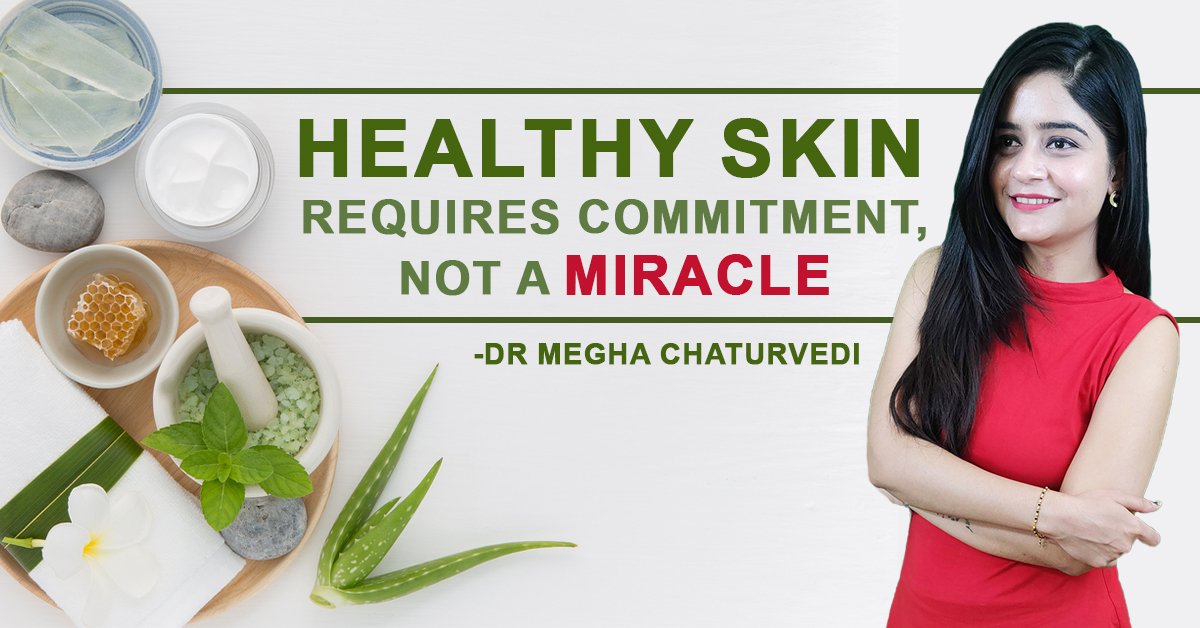
Dr. Megha Chaturvedi’s Skincare Routine –The Secret to Look Youthful in your 30s
Looking for skincare advice? Do you ever wonder what skincare tips dermatologists use themselves to maintain a healthy skincare routine? Enter, a dermatologist. Well, the expert dermatologist – Dr. Megha…
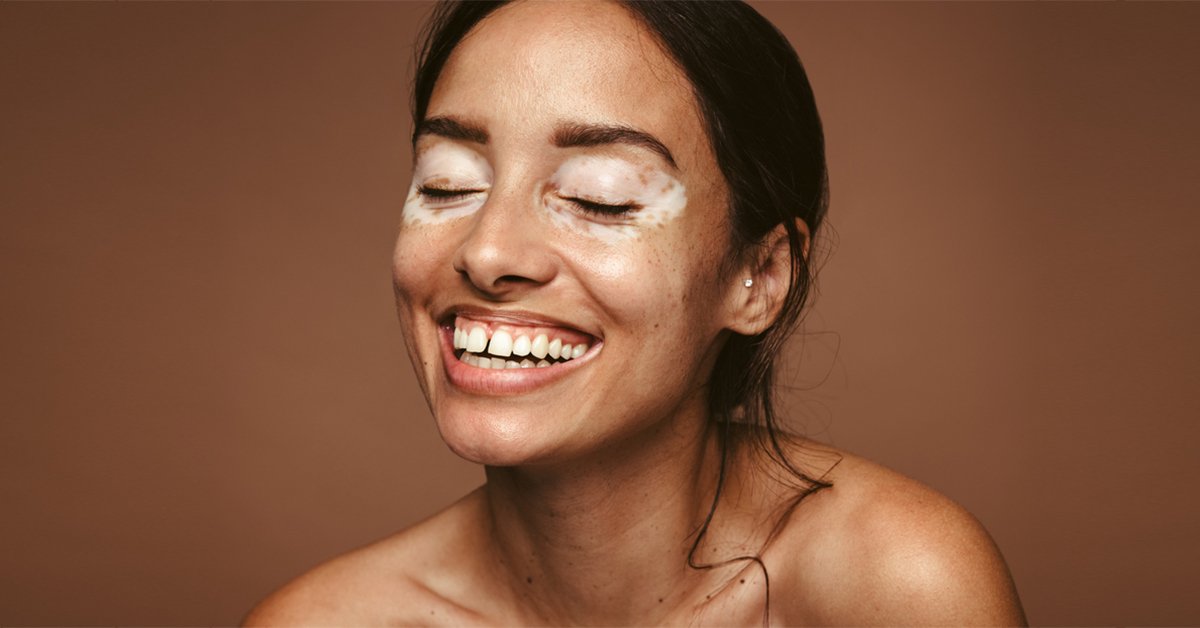
Ayurveda Vitiligo Treatment
Vitiligo is a rare skin disorder that causes the skin to lose its color and form smooth white patches in different parts of the body. It is also termed as…
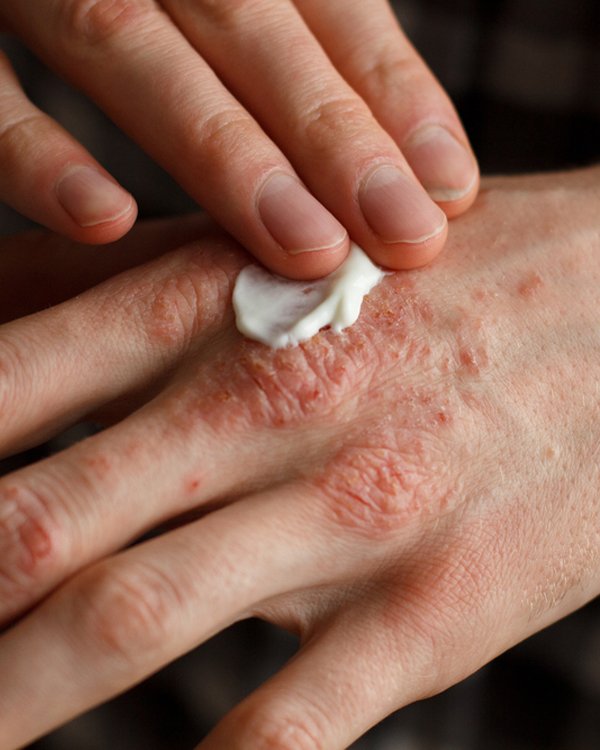
Psoriasis
Psoriasis is a chronic skin disorder that causes skin cells to multiply up to 10 folds faster than average. Such a fluctuation makes the skin turn bumpy red with plaques…